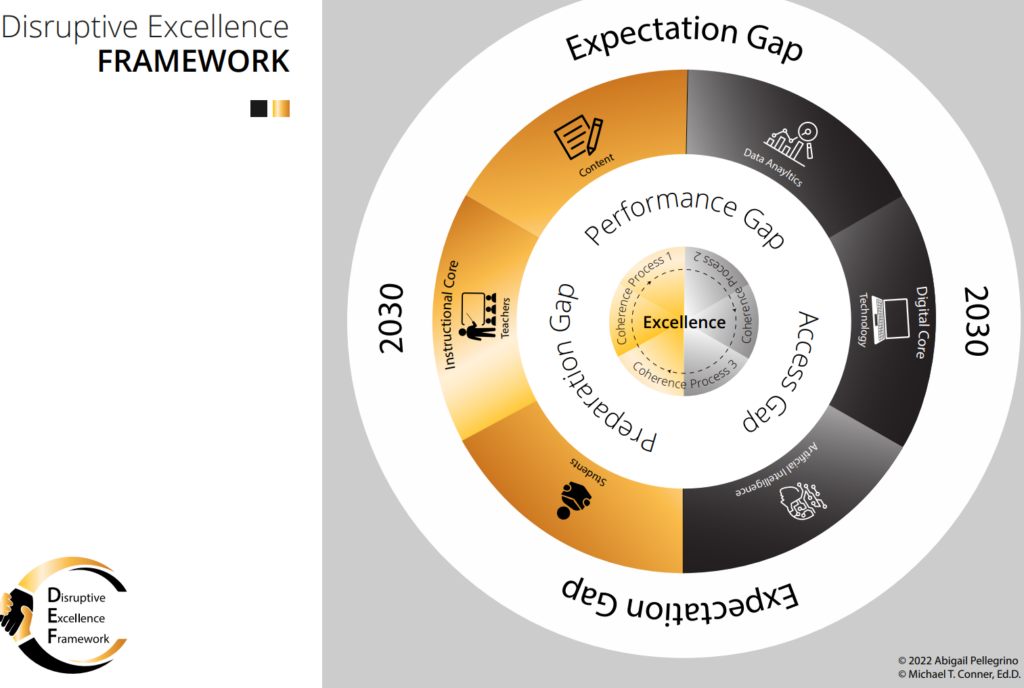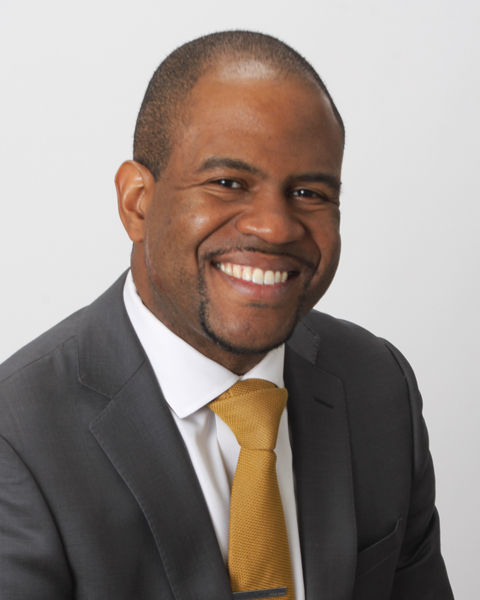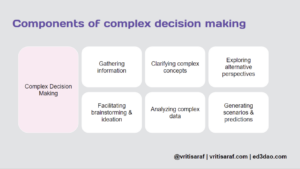Feeling Invisible: A Response to the Affirmative Action Decision through the Lens of the Disruptive Excellence Framework
Key Points
-
The Supreme Court’s ruling regarding Affirmative Action reminds us of Brown v. Board of Education of Topeka of 1954.
-
The outcomes of the 1954 ruling acknowledged the persistence of segregation in education.
-
To achieve excellence and equity for Generation Z and Generation Alpha, we cannot accept the predicted outcomes from the reversal of Affirmative Action.

The genesis of Affirmative Action started in 1935 with the Wagner Act, an act that gave legal rights for labor unions to bargain collectively with their employers. It was not until 1961 when President John F. Kennedy issued Executive Order 10925, encouraging federal contractors to “take affirmative action to ensure that applicants are employed, and that employees are treated during employment without regard to race, creed, color, or national origin.” Over time, this executive order started to impact education. It was in 1968, alongside social unrest and the civil rights movement, when students implored universities to better represent America through the admission process. Four weeks after the assassination of Dr. Martin Luther King Jr., Harvard University announced a commitment to enroll a higher number of Black students. Because of the recent reversal of Affirmative Action, universities will have to make the same commitment Harvard made 55 years ago. Will our students feel invisible in today’s higher education institutions? Below is my proposal to ensure the majority that represents our public education ecosystem are not invisible to the university admission process under the auspice of the Disruptive Excellence Framework.
Feeling Invisible: The Implications of Eliminating Affirmative Action
Throughout American history, the scope, breadth, and meaning of Affirmative Action have taken on many definitions. On June 29, 2023, the Supreme Court reversed Affirmative Action by stating it might no longer be necessary for 25 years. The structural frames of higher education in the context of Affirmative Action acted as a lever so students of color would not feel invisible at their respective institutions. The ruling by the Supreme Court explicitly imposes a new practice in higher education. A mindset consisting of a superficial lens of race blindness in America. The influence of overturning Affirmative Action exacerbates the legacy of discrimination while promulgating a statistical metric that plagues higher education – inequities with admission practices. Discrimination and racism have carried a pernicious undertone where this decision has the proxies of Black and Brown students becoming invisible in higher education. Despite future implications with regard to the negative ramifications of civil equity and collective intellectual growth, there are practices rooted in the Disruptive Excellence Framework that would evade new segregationist policies because of the ruling. Through the lens of the Excellence Loop, there are opportunities to mitigate a decision that inevitability will bring the sullied past of America to the forefront. Let’s explore strategies through the elements of the Excellence Loop to ensure Black and Brown students are not invisible at our universities.
Intentionally, Boldly, and Unapologetically Challenging the Affirmative Action Reversal Decision
The legacy of racial exclusion and the continued effects of segregation still exist despite the myopic responses to overturn Affirmative Action. Through the Excellence Loop, we can intentionally, boldly, and unapologetically continue to strengthen the equity scope of admission policies where Black and Brown students are not invisible. We must act to ensure that representation mirrors the broader demographic in public education. You can start with the strategies below.
Expectations Gap: Universities must establish an expectation to ensure equitable percentages of racial diversity are rooted in the university’s student demographics. Also, race-based or legacy decisions at the university level must be eradicated. For example, a university could designate percentages from historically excluded student groups for admission in accordance with their equity policies. We see this practice implemented at the high school level where there is a guarantee for equitable representation in rigorous courses.
Preparation Gap: Colleges and universities should assess alternatives to root policies that eliminate discriminatory admission practices. Boards of Trustees and university officials should review alternatives on a quarterly basis that include the voices of professors, staff, and students representing the institution.
Performance Gap: Without Affirmative Action, it is believed that universities will accept students only on academic merit. To amend future discriminatory acts with admission procedures, moving beyond standardized metrics to a holistic model should be a mandate at ALL institutions.
Access Gap: Since the Supreme Court ruling, there are theoretical claims that the representation of Black and Latino students will decrease exponentially at universities over time. Moreover, a significant decrease is forecasted at elite schools. Within any thread of the education ecosystem, specifically at the higher education level, policies, and admission trends must be interrogated by boards of trustees with a lens of access and opportunity. The ruling by the Supreme Court has an insidious opportunity to create institutional marginalization. Thus, in collaboration with boards of trustees, university officials must reevaluate admission policies with vigor and vitality. Criteria that promote holistic qualities to concertize access beyond traditional academic measures.
The Supreme Court’s ruling regarding Affirmative Action reminds us of Brown v. Board of Education of Topeka of 1954. The outcomes of the 1954 ruling acknowledged the persistence of segregation in education. I am afraid the long-term implications have moved our country into the modern-era civil rights movement. However, to achieve excellence and equity for Generation Z and Generation Alpha, we cannot accept the predicted outcomes from the reversal of Affirmative Action. Our efforts will demonstrate progress.
In the words of Martin Luther King Jr., “We shall overcome.”







0 Comments
Leave a Comment
Your email address will not be published. All fields are required.